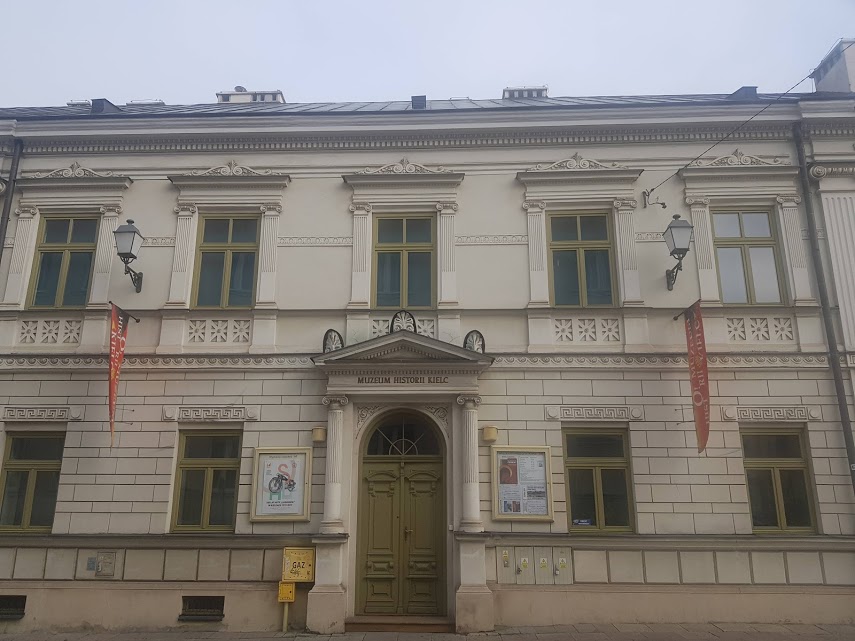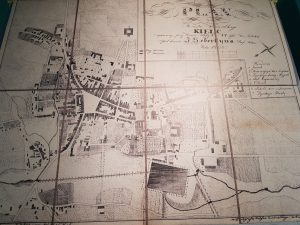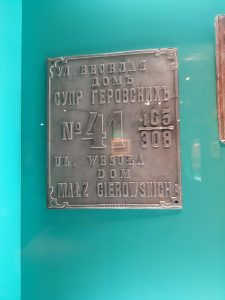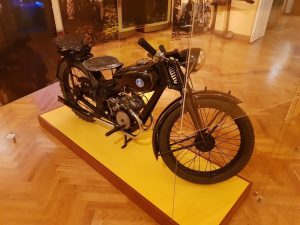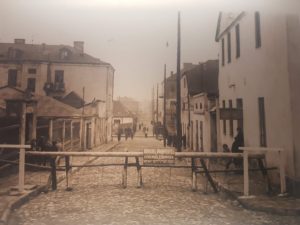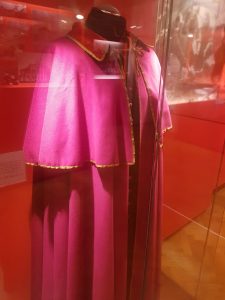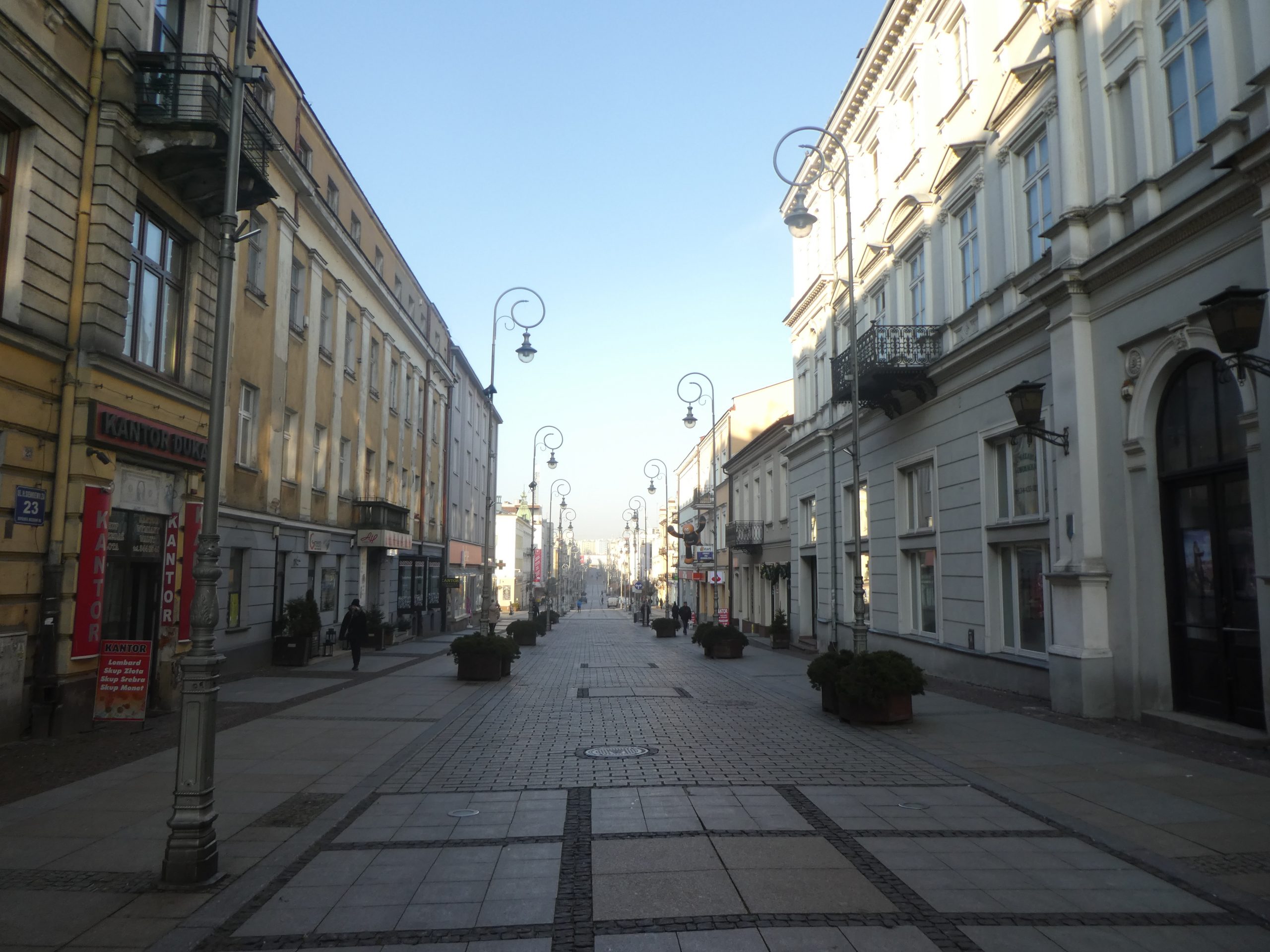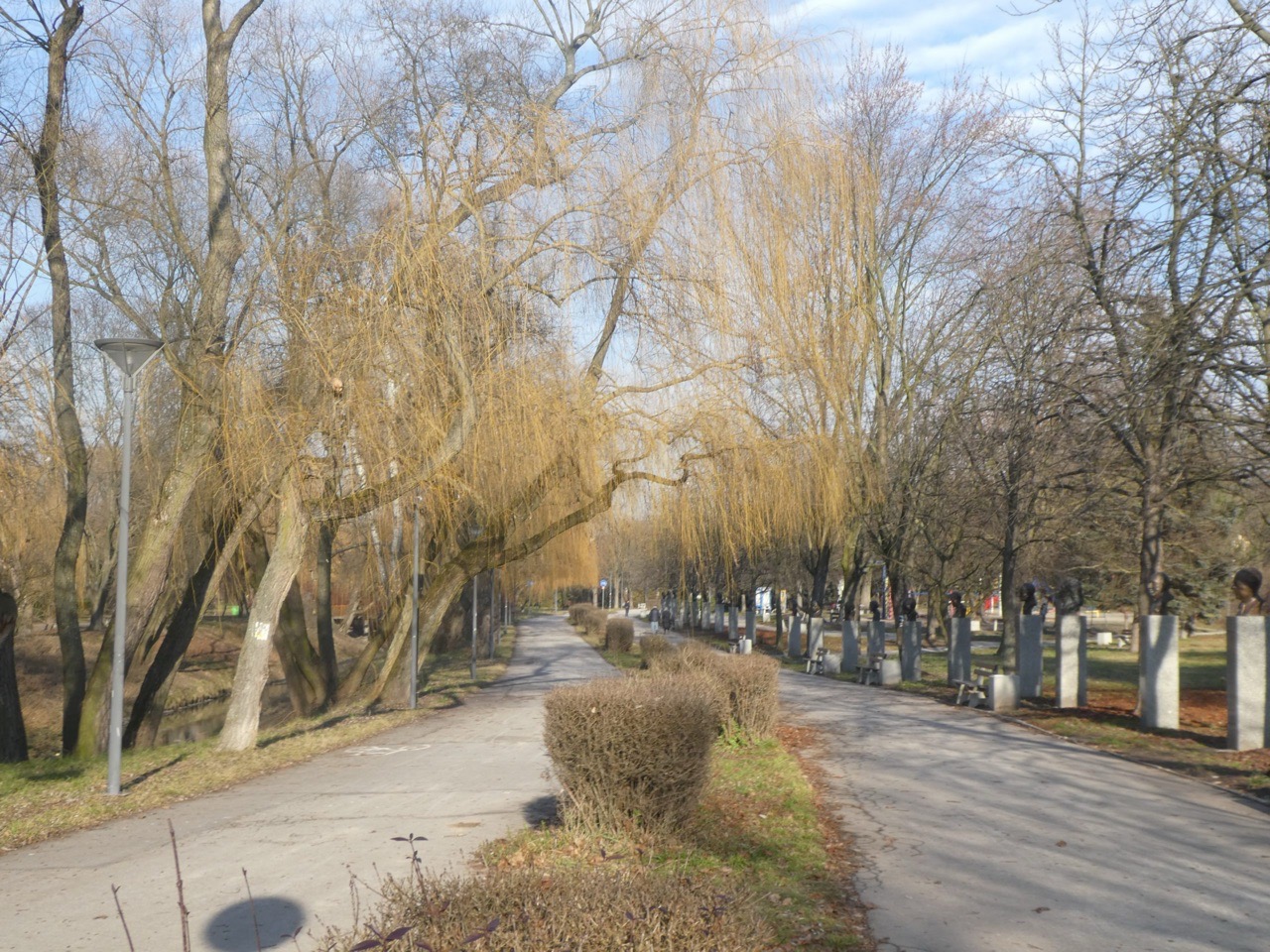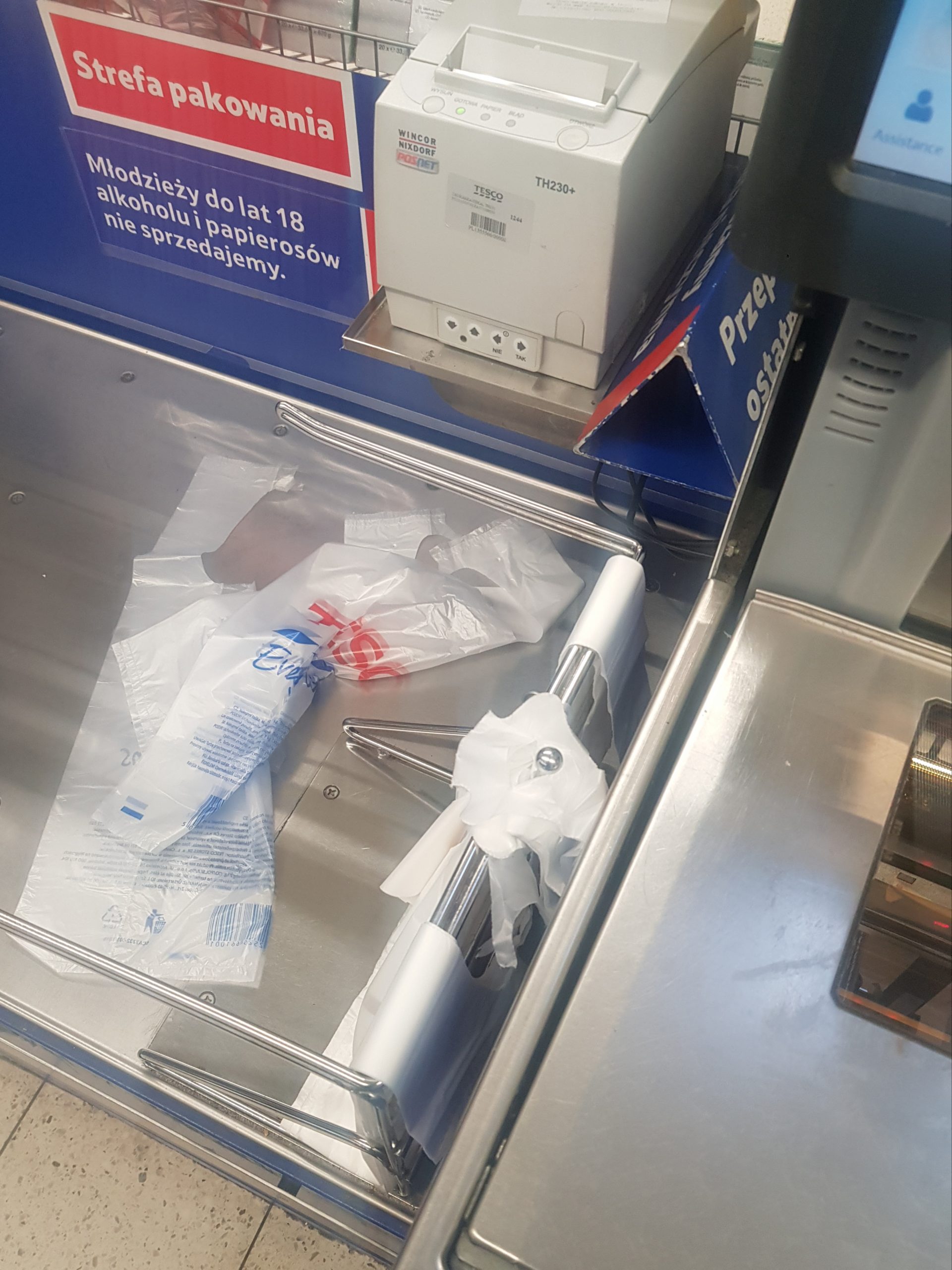Kielce – History Museum of Kielce
I had another of my little problems when visiting this museum. I had decided to visit the museum on a day when they were having a lecture about some local history matter. So, there were tens of people flooding into the museum building to listen to it and someone tried to offer me a seat and a drink. This clearly wasn’t ideal, I was hoping to see the museum, not the lecture as I wouldn’t have understand most of it as it was being given in Polish.
So, stumbling with my best Polish, I found a staff member who initially thought I wanted to use the cloakroom to hang up my coat. Although, I obviously wasn’t wearing a coat, so the very helpful staff member pointed upwards in a questioning manner. I said yes, hoping that the museum was upstairs and that I hadn’t had some discussion on the after life with her. All was well though, she found an English speaking staff member who seemed genuinely pleased that someone wanted to see the museum.
The next problem was that the museum area was locked, so we have to find a member of the security staff to unlock a series of doors. However, always willing and helpful, the museum transpired to be bigger and much more substantial than I had expected.
A map of Kielce from 1828.
In the nineteenth century, Kielce was effectively part of Russia and they implemented dual languages for their house numbering signs.
A motorbike made by Huta Ludwików, a company which is still trading, in 1938 and which was the first to be made in the city.
The entrance to the Jewish ghetto during the Second World War.
A cassock and coat which was worn by Czesław Kaczmarek, the Bishop of Kielce from 1938 until 1963. Between 1951 and 1955 he was imprisoned by the communists because it was known that he had friends in the United States.
Overall, this was a lovely museum, with helpful staff and absolutely no other visitors when I was there, other than for the lecture which was marvellously attended. Much of the display was available in English and it took the visitor through the city’s history in chronological order. There did seem to be some gaps in the narrative, but there is perhaps a limited amount of space and much of interest was in the rooms that they did have.

